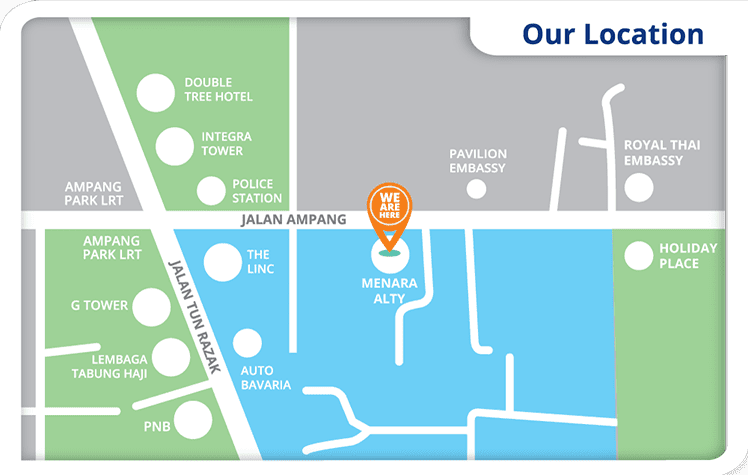What is spinal stenosis?
spinal stenosis occurs when the space around the spinal cord narrows, putting pressure on the cord and nerves that travel through the lower back into the legs. This can cause pain to radiate downwards as you walk.
It is a progressive condition which occurs slowly, over many years, due to various causes such as spinal discs becoming less spongy with age or the growth of bone spurs, among others. As a result, it is more common in older people.
What are the causes of spinal stenosis?
Common factors that contribute to spinal stenosis include:
- Bony growths or bone spurs, which form in response to the wear and tear from osteoarthritis, which grow into the spinal canal. A condition called Paget’s disease can also lead to bony growths.
- Herniated discs when discs crack, allowing its contents to escape and press on the spinal cord.
- Thickening of ligaments, which happens over time, can bulge and intrude on the spinal canal.
- Facet arthropathy / hypertrophy
- Spinal injuries from accidents and other forms of trauma such as dislocations or fractures and swelling that accompanies such injuries.
You face a higher risk of developing spinal stenosis if you:
- Are a woman
- Are born with a narrow spinal canal
- Are older than 50 years
- Have had a past injury to the spine
- Have a congenital or genetic disease that affects bone and muscle development
What are the symptoms of spinal stenosis?
Symptoms of spinal stenosis include:
- Back pain
- Burning pain in the buttocks or legs (sciatica)
- Numbness or tingling in the buttocks or legs
- Tired and weak feeling in the legs when walking for prolonged periods, relieved by sitting
- Reduced pain when leaning forward or sitting (neurogenic claudication).
- Weakness in the legs or ‘foot drop’ (weakening of muscles that flex the ankle and toes)
How is spinal stenosis diagnosed?
Your doctor may begin with a discussion of your full medical history, a comprehensive physical examination, and a neurological evaluation to conclude if nerve damage is contributing to your symptoms.
Depending on your condition, additional diagnostic tests such as an X-ray, CT/CAT scan or MRI, may also be necessary to get detailed pictures of the spine, and to confirm the diagnosis of spinal stenosis.
How is spinal stenosis treated?
Non-surgical treatments are limited to relieving symptoms and cannot reverse the narrowing of the spinal canal. This includes:
- Physiotherapy
- Anti-inflammatory medications; these must be used with care and medical supervision
- Steroid (cortisone) injections
- Acupuncture
- Chiropractic care
Surgical treatment is advised for patients whose quality of life is severely impacted, such as being unable to walk for extended periods, or those who have found non-surgical treatments unsatisfactory in relieving their symptoms.
Laminectomy, or decompression laminectomy, is a procedure that allows the surgeon to cut away the bony spurs, thickened ligaments or other growths that have compressed the nerves. It can be performed as an open surgery with one large incision or through small keyhole / minimally invasive incisions or endoscopically (Keyhole surgery).
Consult an orthopaedic specialist to learn more treatment and management options for your spine condition.
 +6012-637 7646
+6012-637 7646 

